Can your sunglasses really protect the eyes from harmful UV rays? Here's how to choose the right ones
They might look great on you but are they really doing their job? What should you look for when shopping for a pair? What about polarised or those mirrored lenses? Do they block off UV rays?
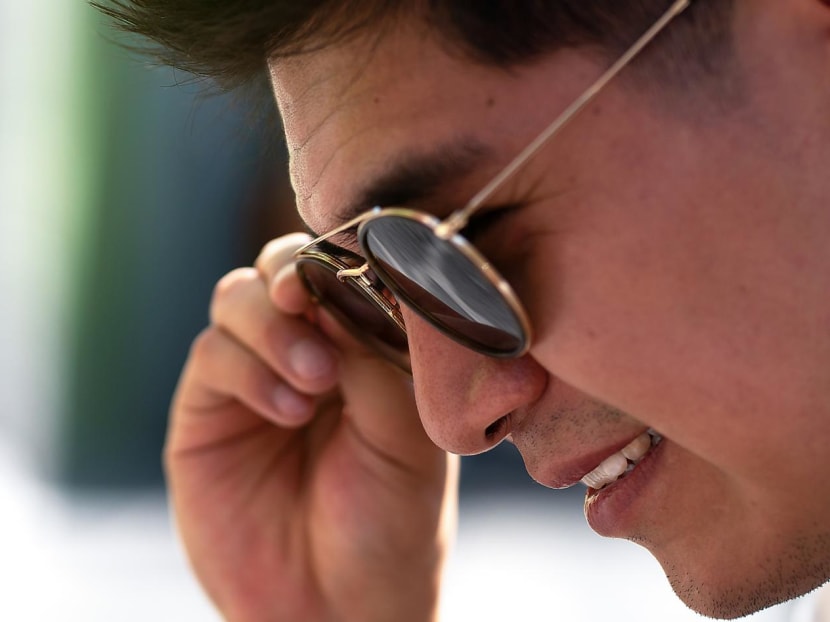
(Photo: iStock)
Given our equatorial location, where we’re surrounded by intense UV rays all year round, it seems counterintuitive that not many of us step out of the building with sunglasses on. Instead, we’d rather squint, shield our eyes with our hands or open up an umbrella (UV rays can still be reflected off the pavement and into your eyes) while waiting to cross the road under the hot sun.
But what’s the big deal, you ask? You don’t see any problem putting up with the temporary glare of the sun’s rays (it’s not like you’re working outdoors). Yes, you won’t go blind – at least not immediately – but you are damaging your eyes.
For one, UV exposure destroys the surface tissues of your eyes such as the conjunctiva, cornea or lens, said Dr Chen Jianping, a consultant with Ng Teng Fong General Hospital’s Department of Ophthalmology.
And it’s not just the sun. Any acute, intense light exposure, such as staring at arc welding and solar eclipses, can lead to photokeratitis, which can be described as corneal sunburn. “It’s when the corneal epithelium is damaged and sloughs off,” said Dr Chen.
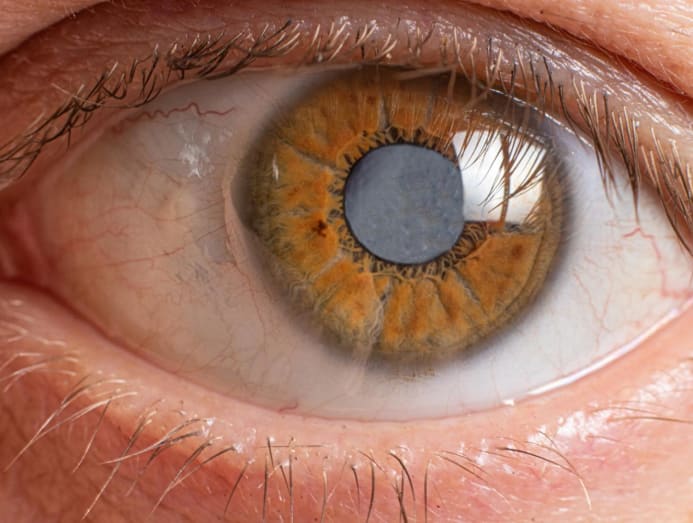
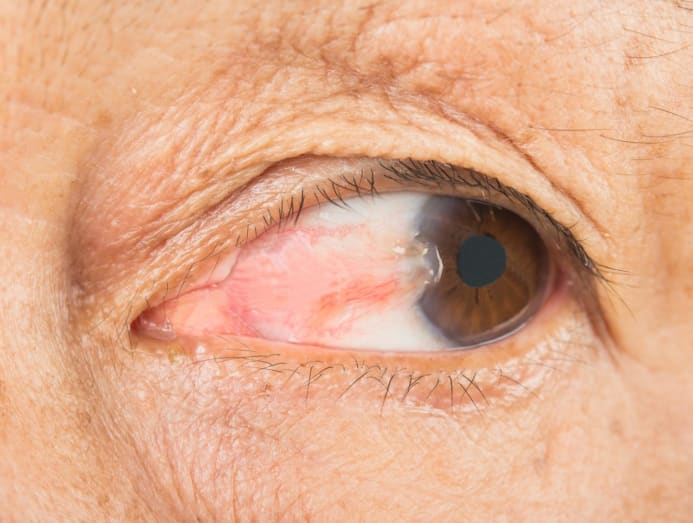
You probably don’t realise it now as the effects of UV exposure – such as pterygiums and cataracts – take decades to manifest. “A pterygium is a fleshy, benign, skin growth that grows from the white part of the eye onto the cornea,” said Associate Professor Johnson Tan, a specialist in ophthalmology and a consultant with Raffles Eye Centre. "It is commonly seen in the elderly with a history of sun exposure," said Assoc Prof Tan.
When a pterygium grows over the cornea, it can create irritation and a sensation of something foreign in the affected eye, redness over the affected area and/or blurry vision, according to the Singhealth website.
Cataracts, as you may already know, refer to the cloudy lenses in your eyes that create the progressive blurring of your vision. Even the eyelids aren’t spared; they can be associated with skin ageing, wrinkles and a risk of cancer of the eyelids, said Assoc Prof Tan.
WHY AREN’T MORE SINGAPOREANS WEARING SUNGLASSES?
Most Singaporeans don’t wear sunglasses for protection against UV but to be seen as being on point with current trends, according to Grace Ng, the founder of local brand Lenicc Eyewear. “Style is often the key priority and not the level of protection a pair of sunglasses is able to provide.”
Even for those who do spend a considerable amount of time in the sun, such as golfers, runners, cyclists and those who drive, “sunglasses are viewed as an accessory to complete their looks or merely as a collectible to diversify their wardrobe”, said Ng.

Dr Loon Seng Chee, the head of ophthalmology at Alexandra Hospital, agreed that Singaporeans just aren’t wearing sunglasses often enough. “I think the fact that we spend a lot more time indoors gives us the impression that we don’t need to (protect our eyes).”
Being myopic is another stumbling block. “With the high incidence of spectacle wearing locally, it is inconvenient to change to sunglasses, unless they are purpose-built with the refractive error. Clip-on sunglasses are available but they look less cool, so they are far less popular,” said Dr Loon.
But when we do put on sunglasses, chances are, we aren’t certain of the protection we get. Do darker lenses screen off UV rays better? Are polarised lenses necessary? CNA Lifestyle got the experts to answer some common questions on the effectiveness of sunglasses.
WHAT SHOULD WE LOOK FOR IN SUNGLASSES?
Look for the label that says “100% protection against both UVA and UVB” or “100% protection against UV400”, say the experts CNA Lifestyle spoke to. “UV400 means UV absorption of up to 400 nanometres, which is at least 99 per cent of UV protection provided,” said Dr Chen.
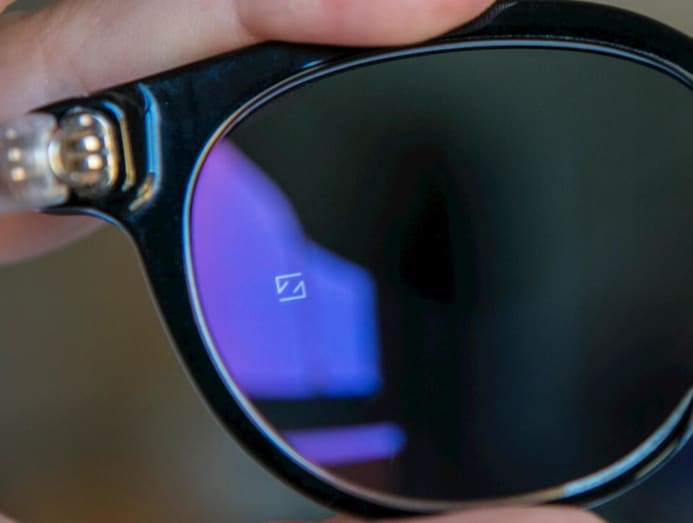
“Unfortunately, most sunglasses do not have their UV protection levels printed on them, and you cannot ascertain this simply by looking at the lens colour or tint,” he said. “Darker lenses are not better.”
Also, check if there is an anti-reflective (AR) coating on the back surface of the lenses, said Assoc Prof Tan, to reduce the glare that bounces off the back of the lenses and into your eyes. If you have AR lenses, the light reflecting off them will have a pinkish or greenish tint. Or the reflected light looks a little duller than it appears to the naked eye.
If you want to ascertain your sunglasses’ UV protection, bring them to the optical shops, said Dr Chen. They should be able to run a simple test to determine the level of UV protection.
At the end of the day, your best bet, said Assoc Prof Tan, is to get your sunglasses “from reputable lens companies”.
WHAT DO POLARISED AND MIRRORED LENSES DO?
Contrary to what many people think, polarised and mirrored lenses do not block off UV rays. Polarised lenses, for instance, “are simply designed to reduce glare, which allows for better visualisation during certain activities like driving, golfing or skiing”, said Dr Chen.
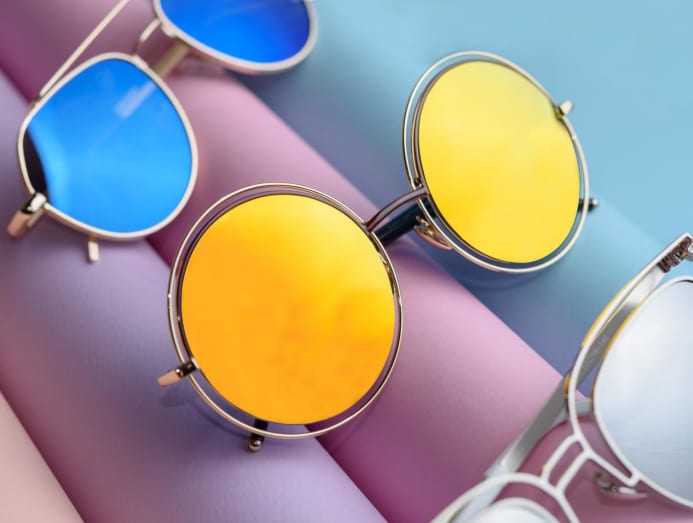
So if you’re eyeing a pair of sunglasses with polarised lenses, you’ll still need to check if they offer 100 per cent UV protection or UV400 lenses, said Assoc Prof Tan.
“Mirrored finishes are simply thin layers of metallic coatings on the lens, which reduce the amount of light entering the eyes,” said Dr Chen. “They might reduce some UV absorption but are not a substitute for the level of UV protection as mentioned.”







